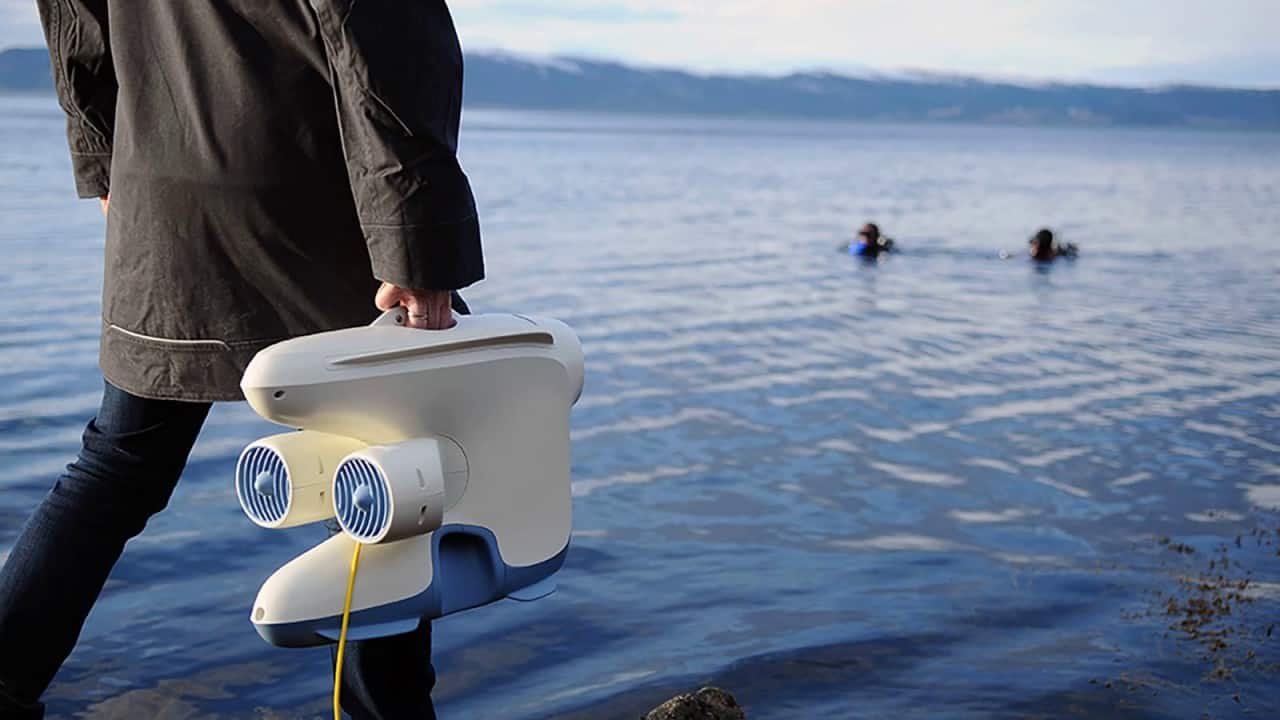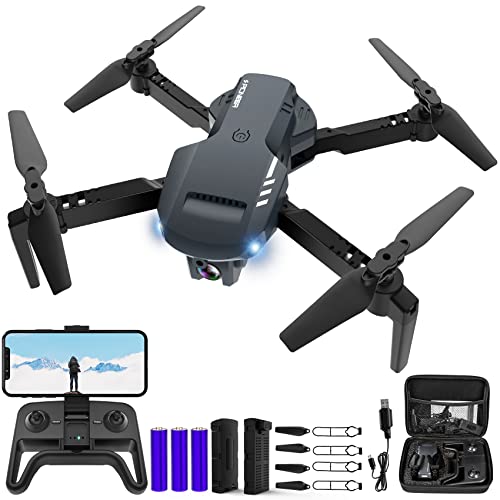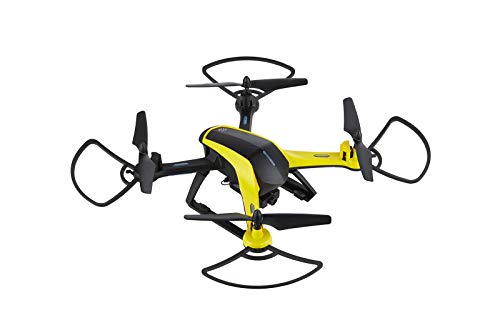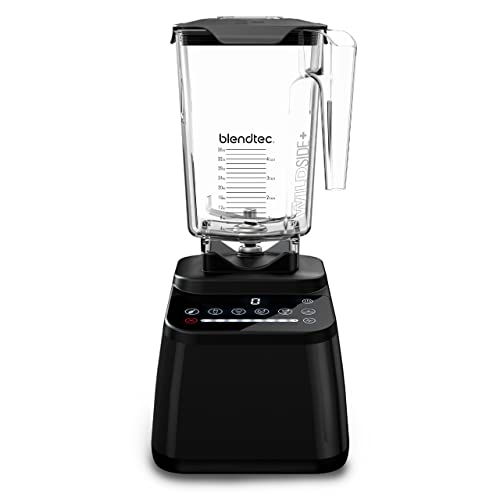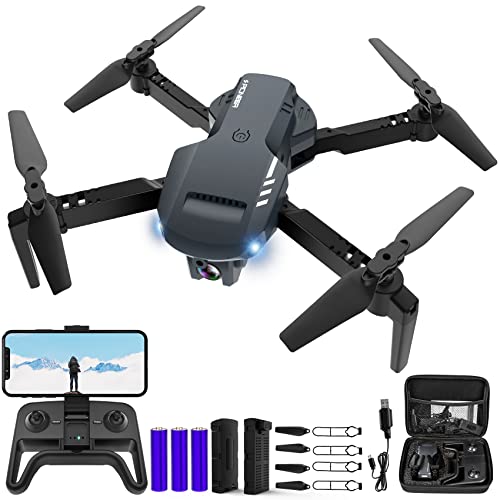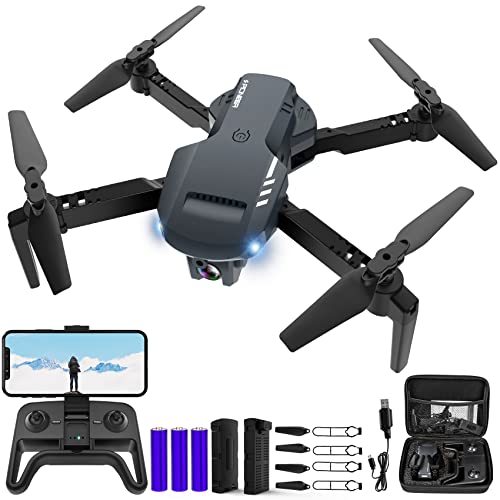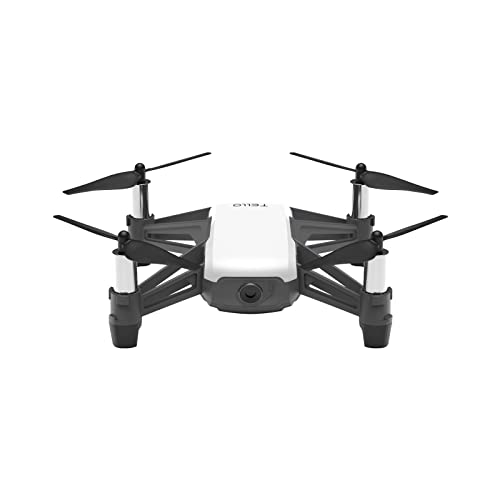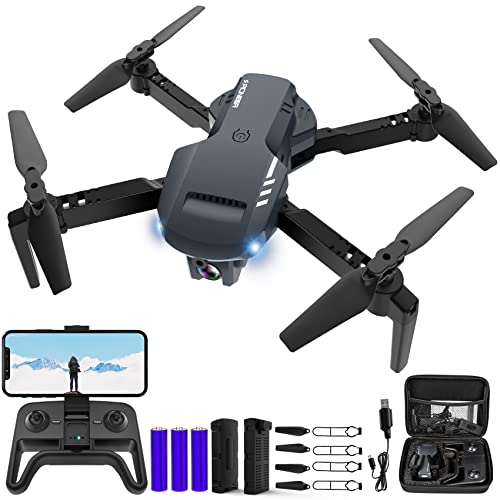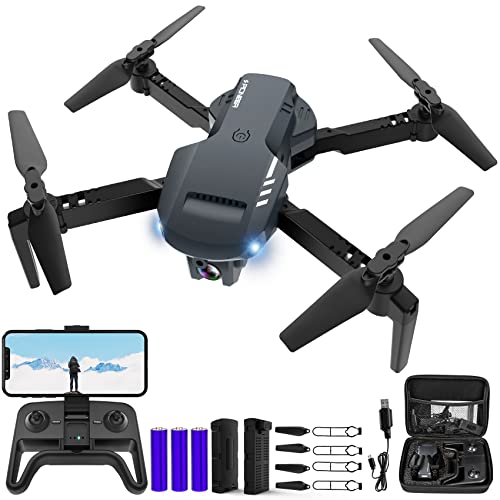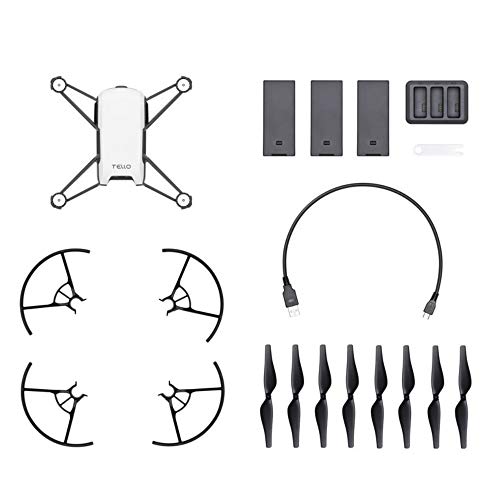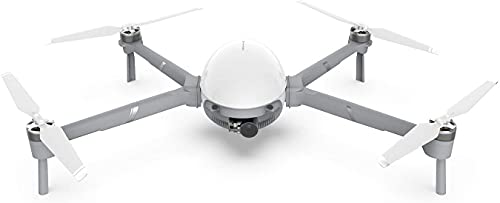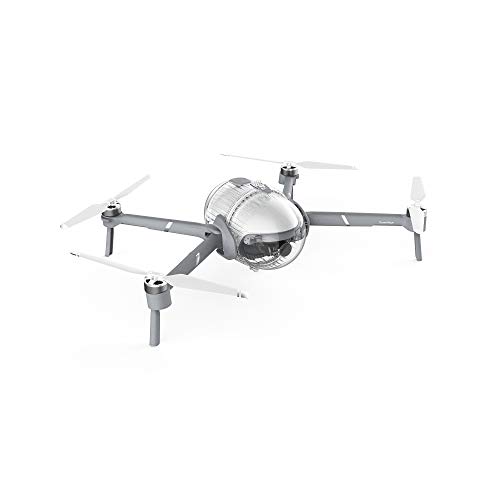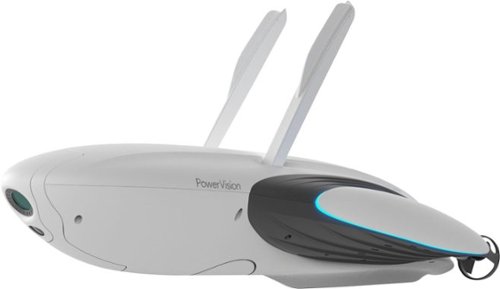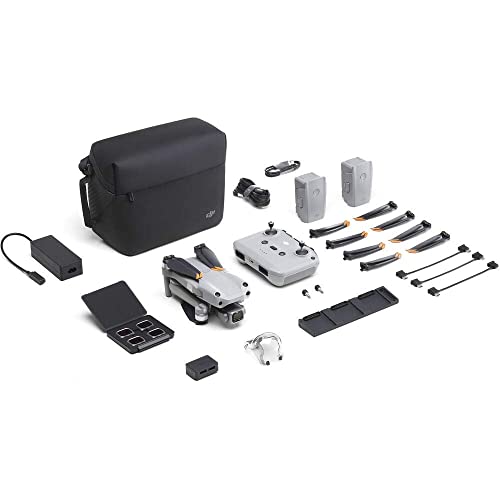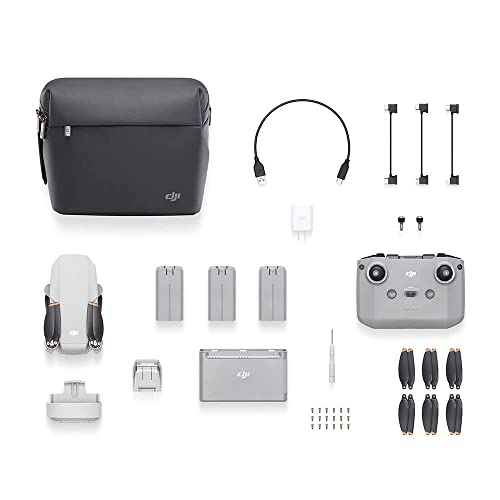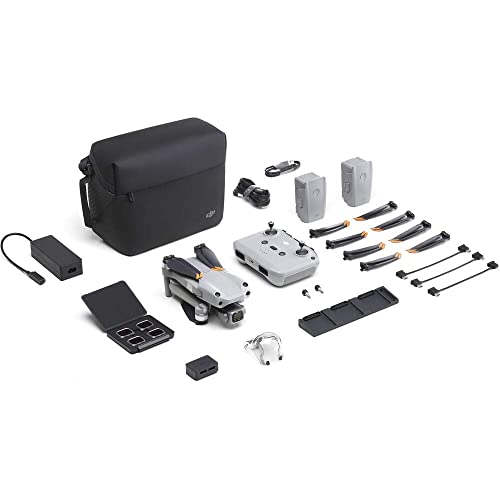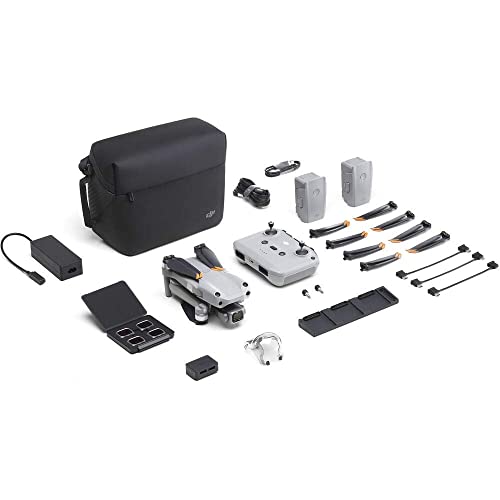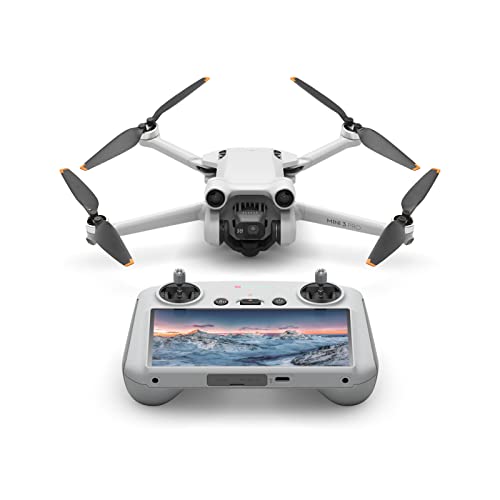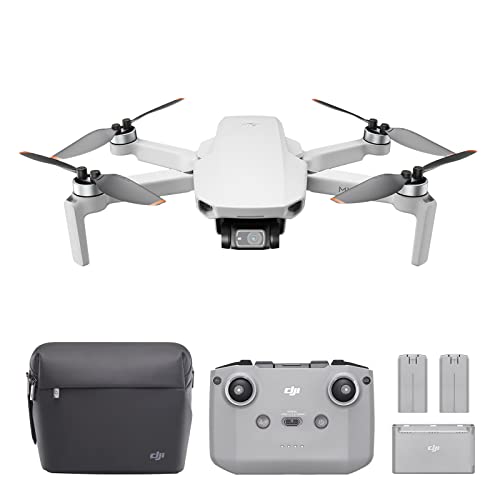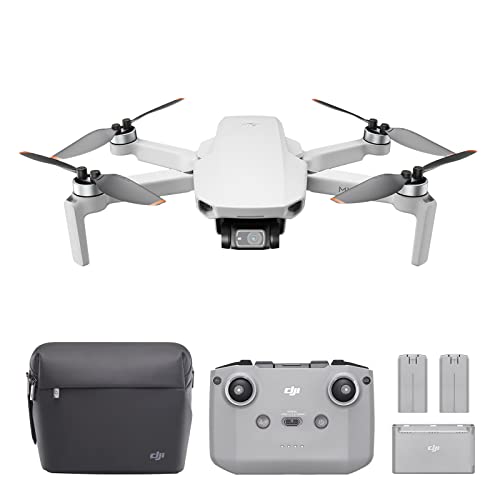If you are new to the world of unmanned aerial vehicles, you may wonder about the drone size motor chart. The best drones, after all, come in a variety of shapes, sizes, and motor types. So how are drone motors classified and what does this mean for you? Keep reading to find out.
KEY TAKEAWAYS:
- Drones come with a wide variety of motor sizes and frame sizes, depending on the drone itself, the flight controller, prop sizes, and other factors.
- As a rule of thumb, your drone’s motor should provide for ample thrust that considers two times the weight of the drone. That’s called the thrust to weight ratio.
- If your motor is too powerful, it will drain the LiPo battery prematurely, so take that into account.
Drone Motor Sizes
Drone motors come in a wide variety of sizes to suit the frames they are operating within if you are wondering how drones are made. If you are learning how to fix a drone, it is important to understand the motor size. Learning about motor sizes is also paramount when considering drone maintenance.
Insider Tip
If you purchase a standalone pre-manufactured drone, the thrust-to-weight ratio will already be calculated by the original manufacturer.
Drone Motor Size Factors
No matter your drone’s overall size and its motor size, there are factors that come into play. These factors are important to consider even if you are comparing brushed vs brushless motor drones. Here are some important considerations regarding motor size, so you can conduct that Contixo F24 drone review, or any other review.
Thrust to Weight Ratio
No matter the drone, the motor should provide twice as much thrust as the total weight of the unit. This is an important metric to take note of, as a limited thrust within a drone motor leads to issues during takeoff and serious control and landing issues. In other words, if the motor is not up to snuff here, you could be looking at an instant accident and some repair costs to fix your drone after it falls from the sky.
Battery Life and Voltage
You are going to want to make sure your drone’s motor is powerful enough for your needs, but not so powerful that it drains the battery at a quicker-than-average clip. As a rule of thumb, you want your battery to provide for at least 20 to 30 minutes of flight time before needing a recharge. Anything less than that, and your drone’s motor may simply be too high of a voltage draw for your battery. Replace with a less powerful motor or a more powerful battery. Also, keep track of the weight.
Accessories
Cameras and other accessories can drag down a motor’s efficiency, so keep that in mind before you attach anything to the drone that was not originally accounted for when weighing the drone. Always remember that weight-to-thrust ratio.
F.A.Q.S
Where to start? Decide on motor size first?
Motor efficiency is more important than motor size, though this varies from motor to motor. Lighter motors are a good bet if your drone is small, so that must be considered.
Why use a brushless motor?
Brushless motors are more durable and less prone to accidents than brushed motors, thanks to a taller stator and permanent magnets instead of brushes. In this scenario, stator height is of utmost importance.
What is a long-range FPV drone?
As the name suggests, these drones are for long trips, though they do not excel with heavier props or a heavy prop combination. These are lighter quads, on average.
STAT: One of the most important parts of a quadcopter is its frame because it supports motors and other electronics and prevents them from vibrations. (source)
REFERENCES:
- https://www.genstattu.com/blog/how-to-choose-quadcopter-frame
- https://robu.in/selecting-quadcopter-motor-a-detailed-guide-2021/
- https://www.cyclonefpv.com/blogs/tutorials/motor-size-and-mounting-chartr
- https://ieeexplore.ieee.org/abstract/document/8096851
- https://www.sciencedirect.com/science/article/pii/S2352484719309199

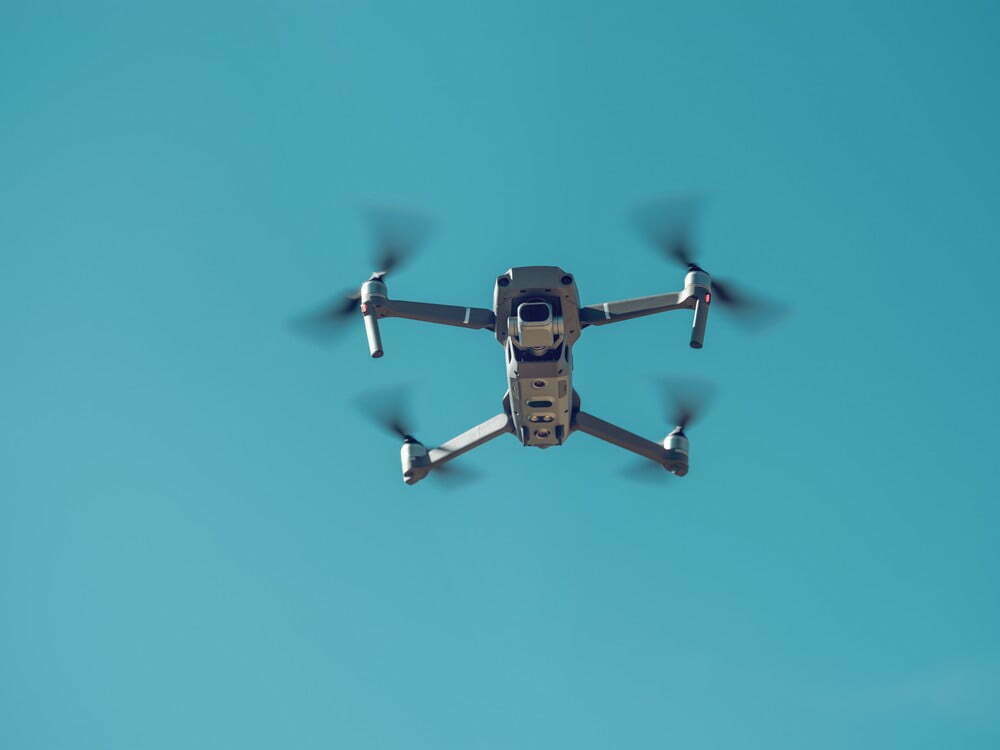












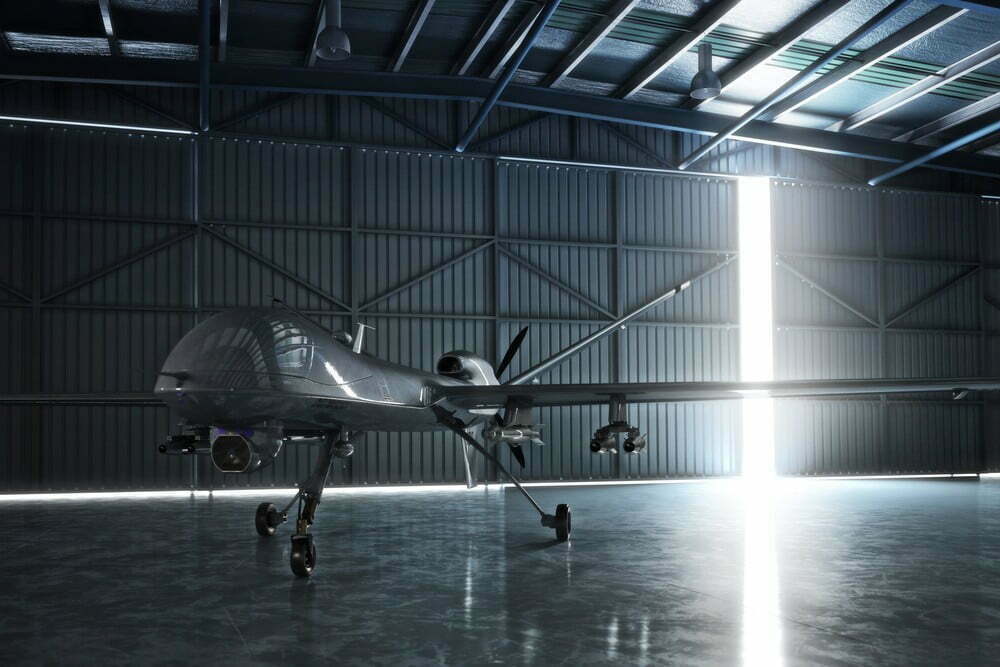
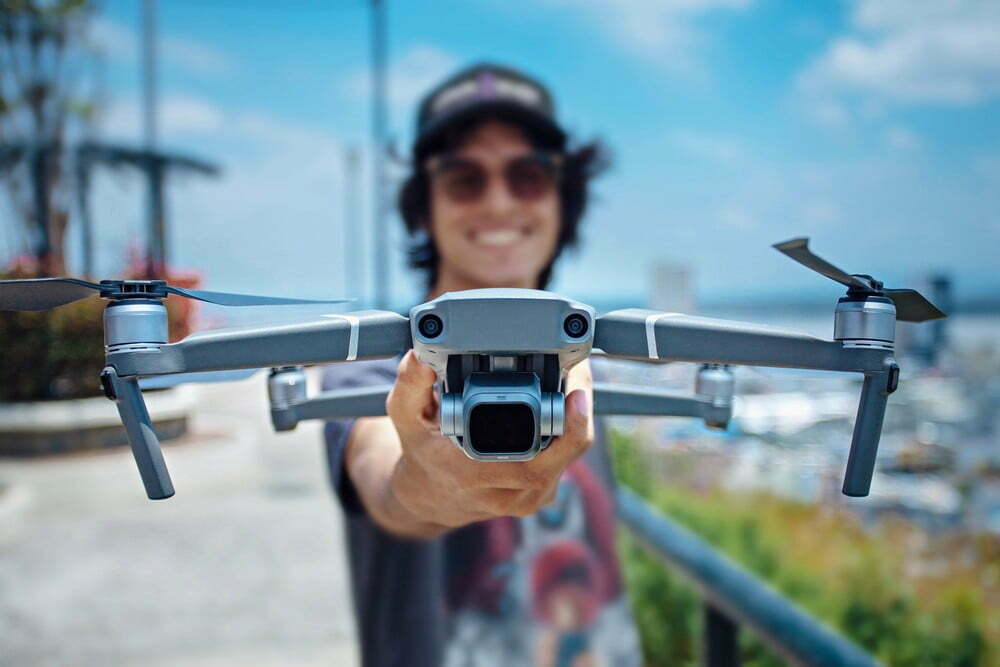
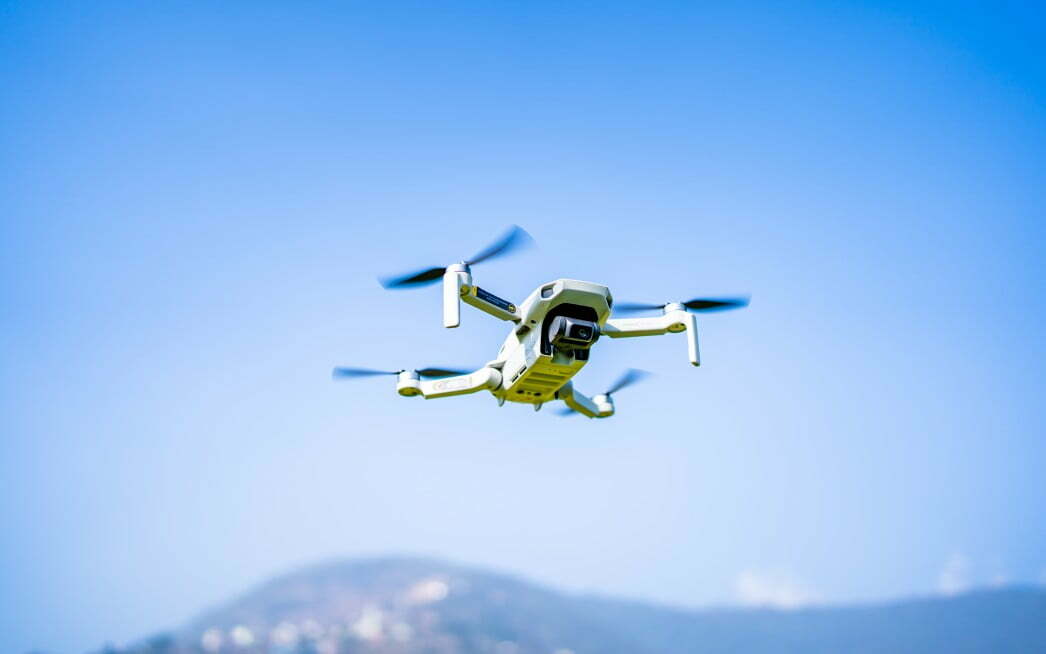
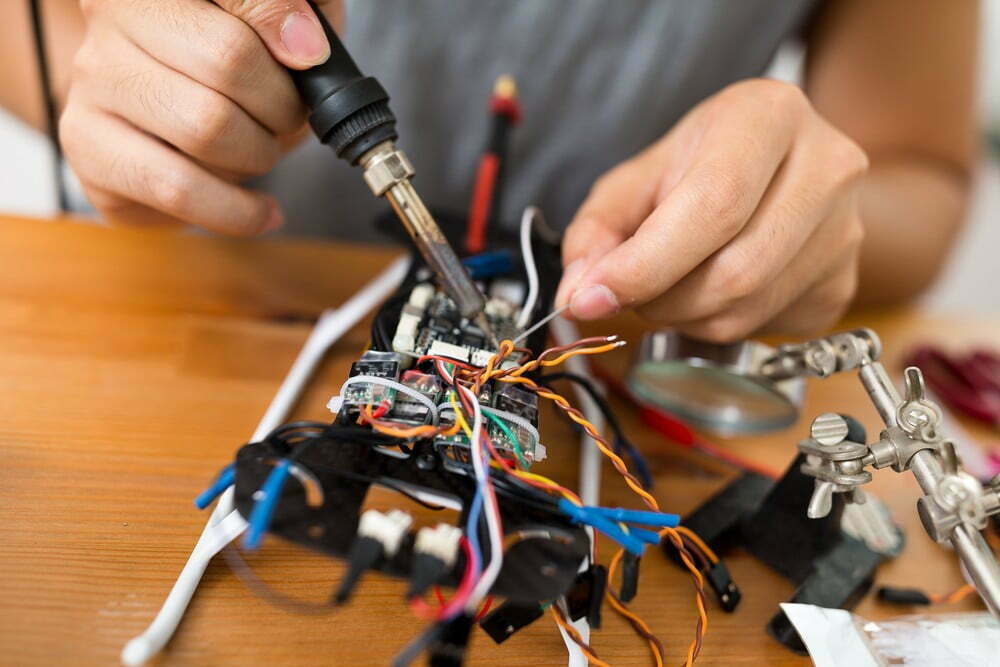
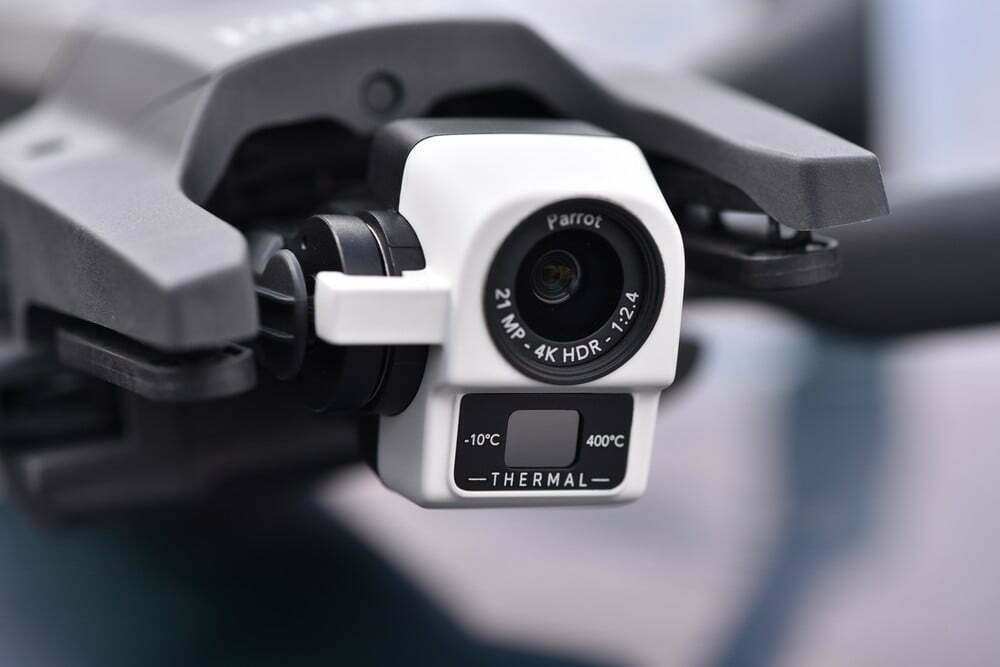
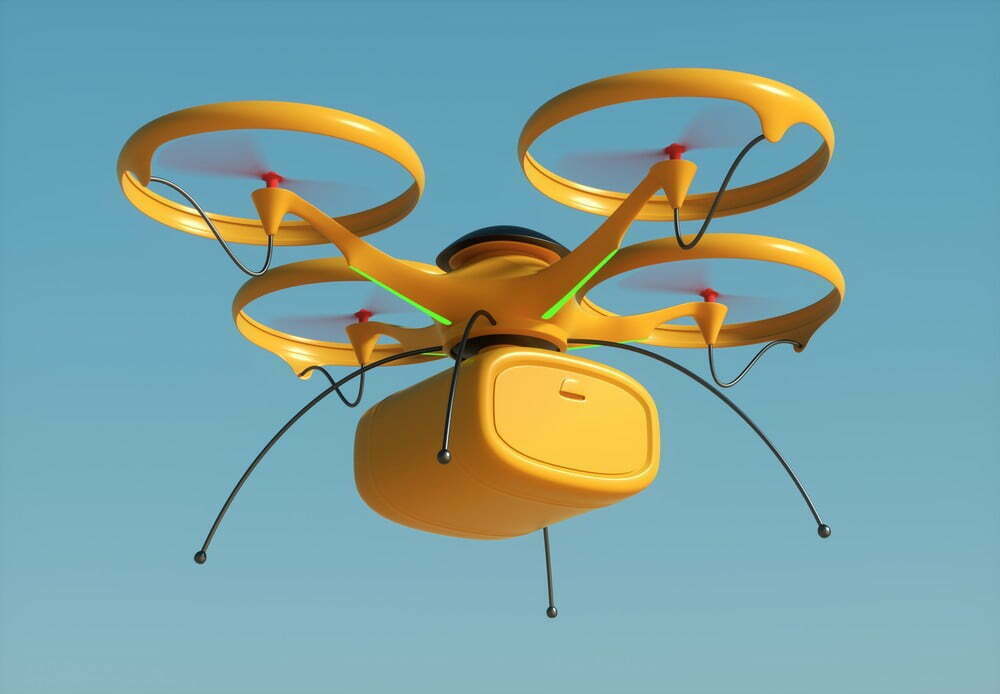
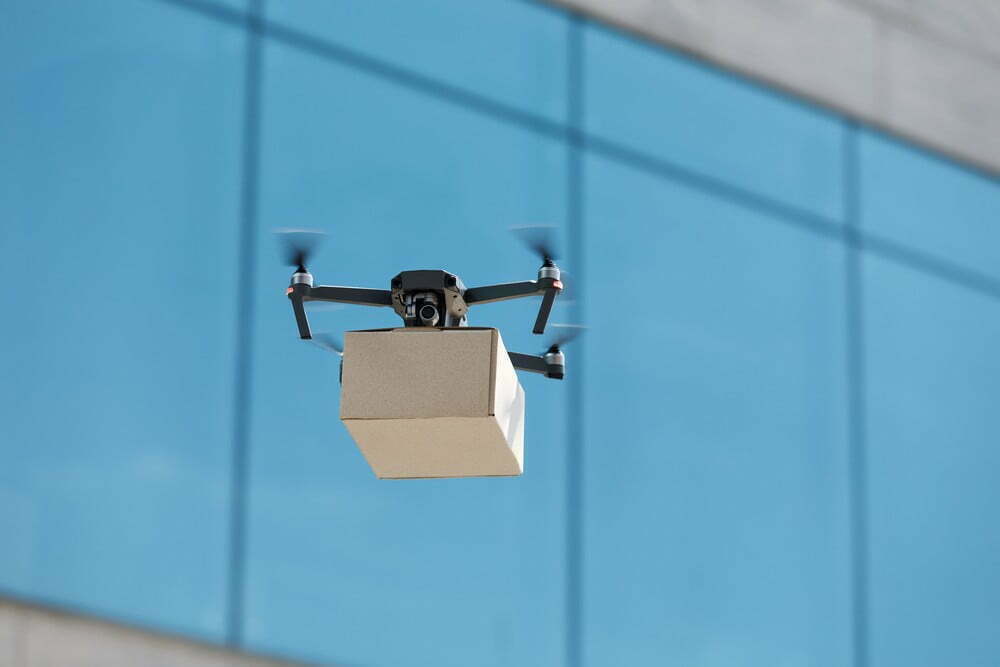
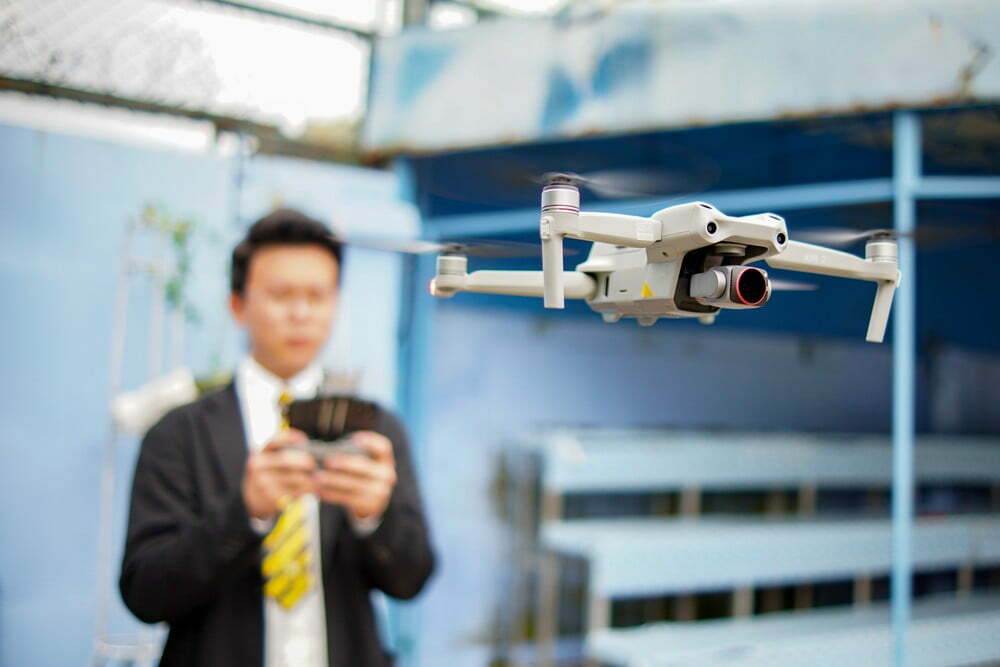
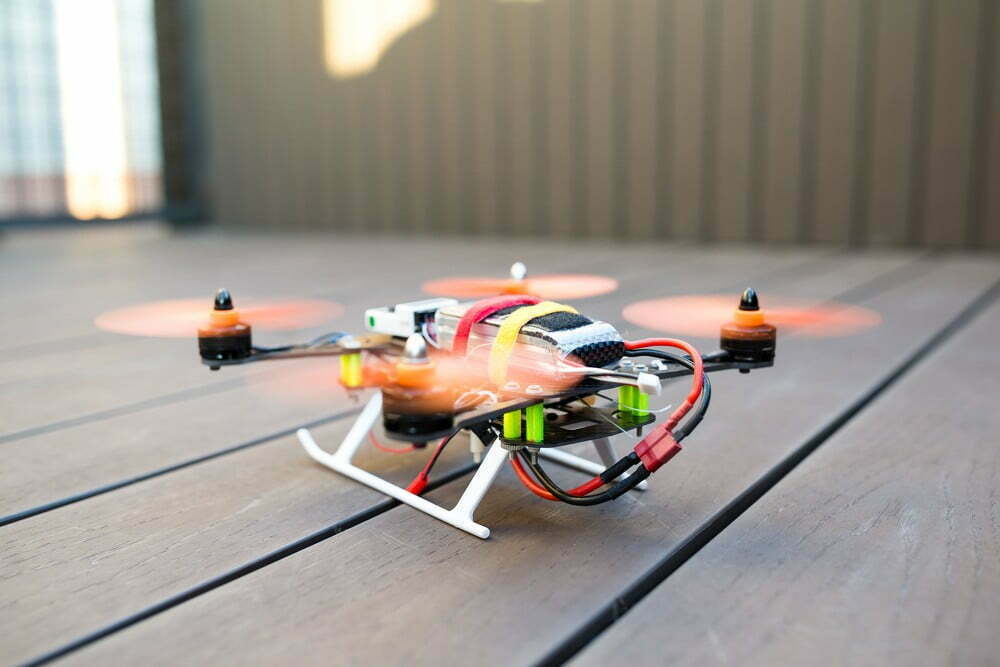
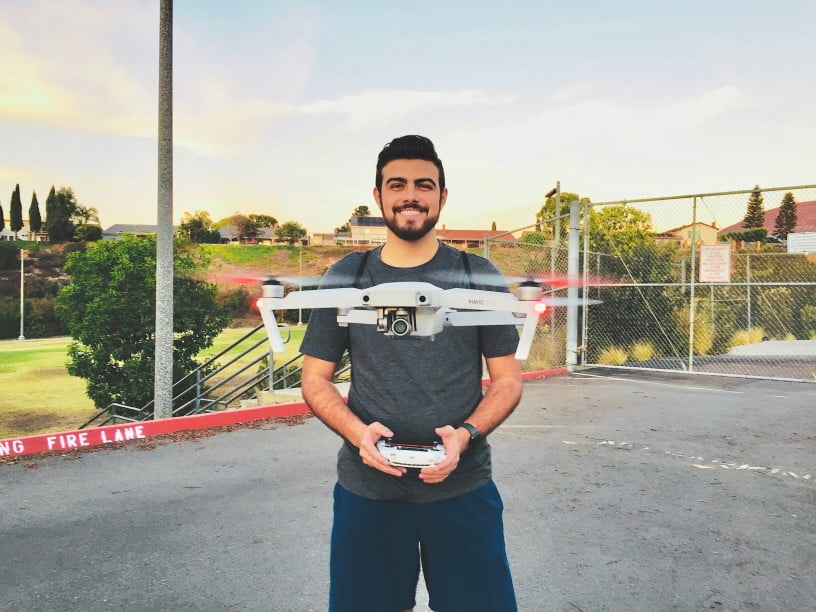
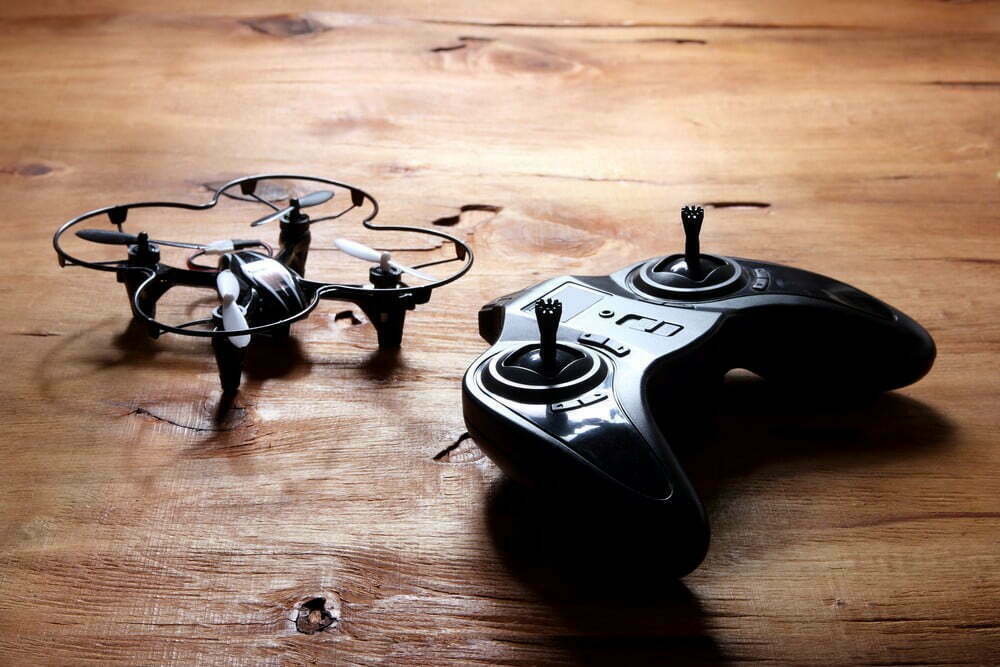
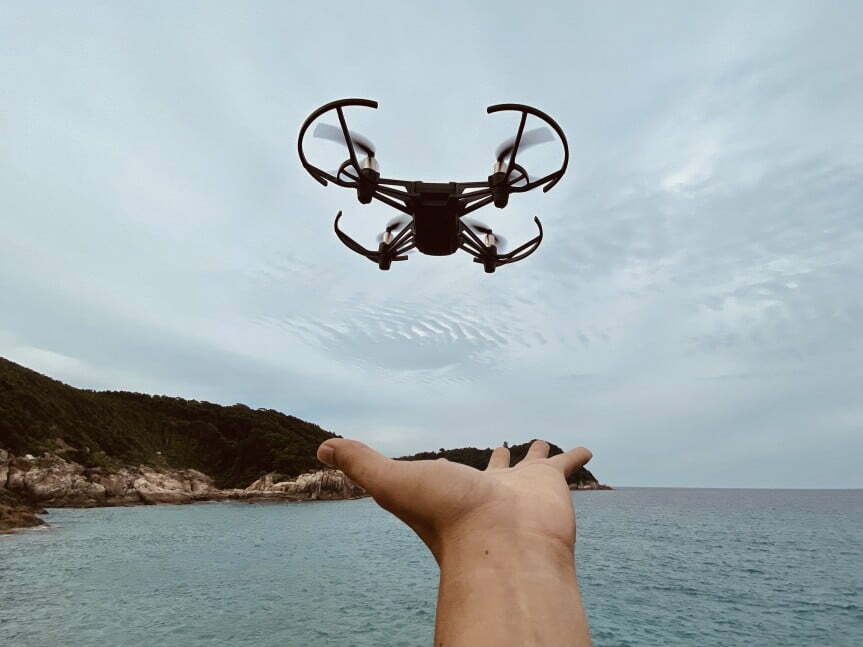
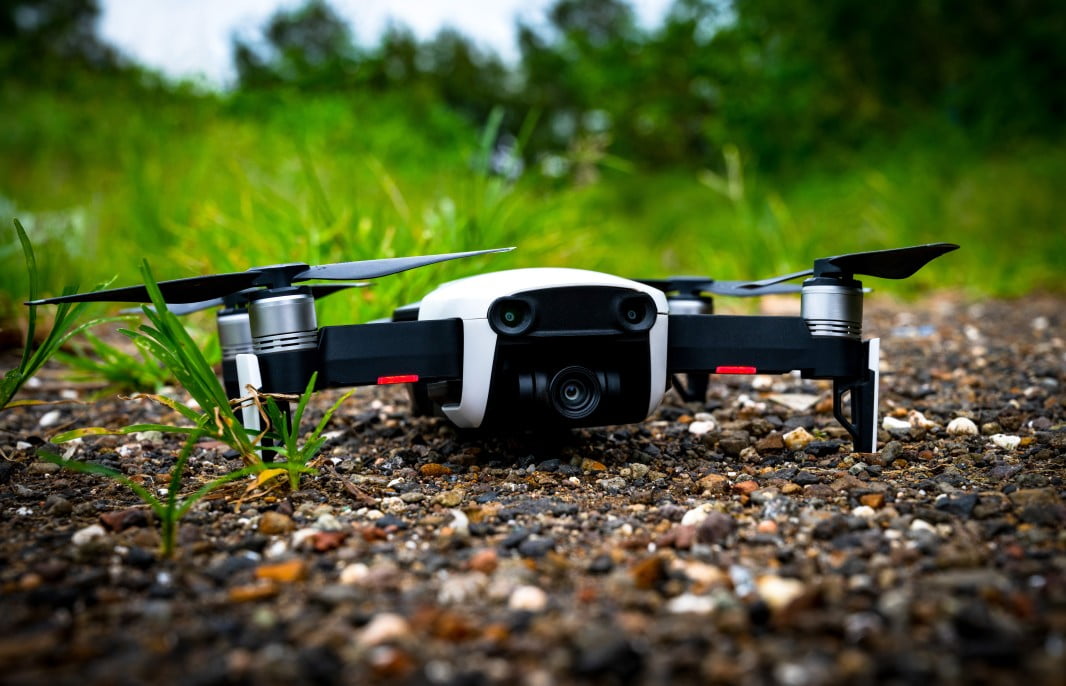
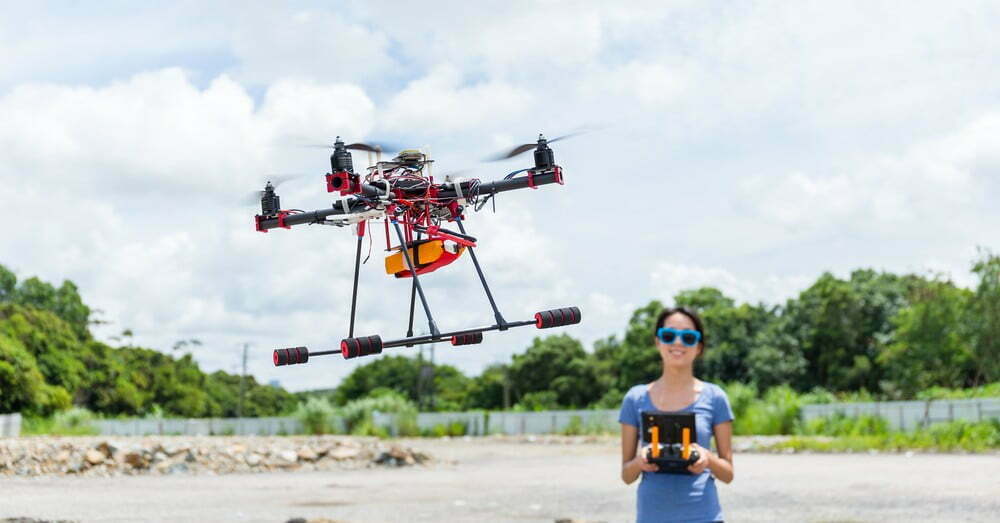
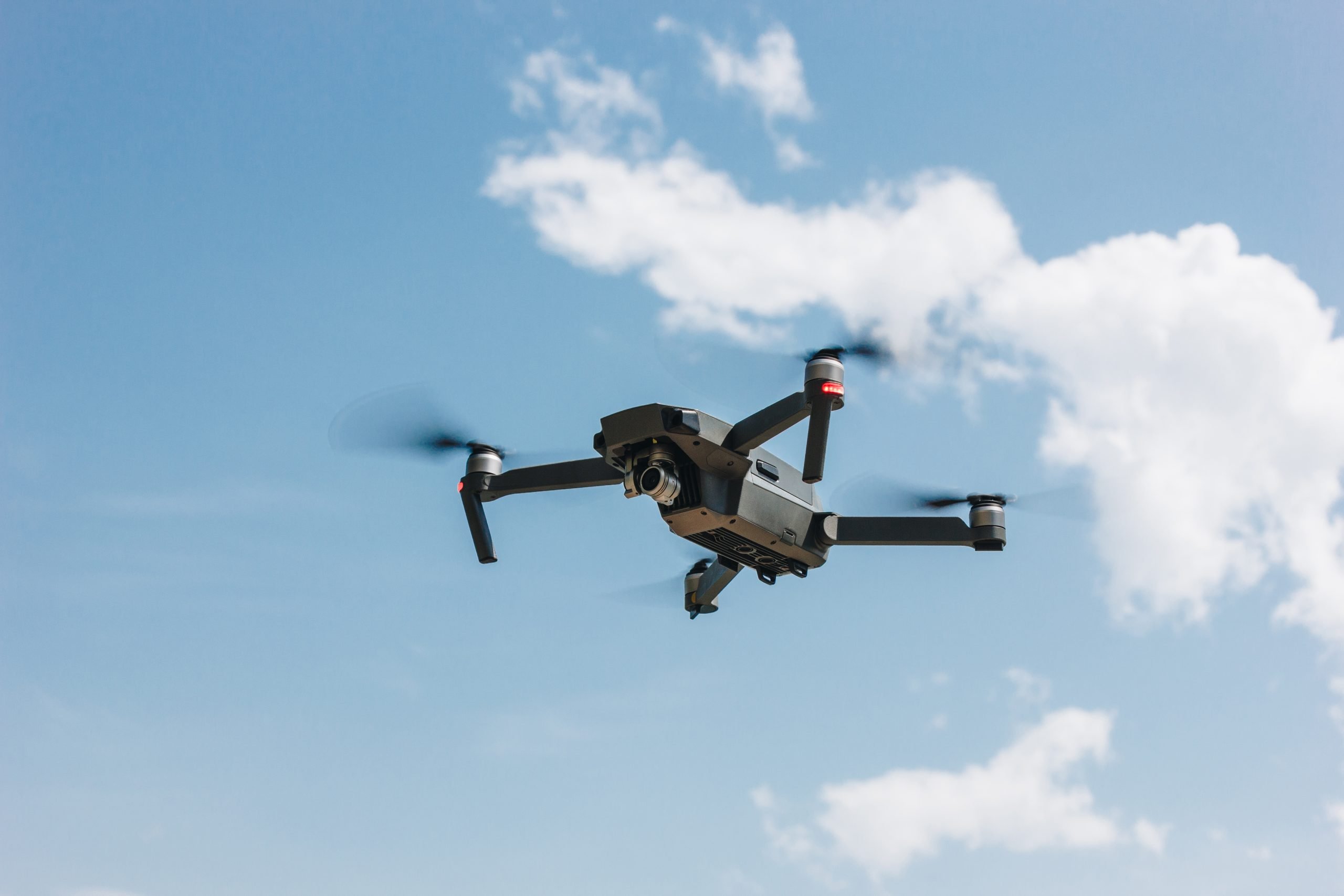
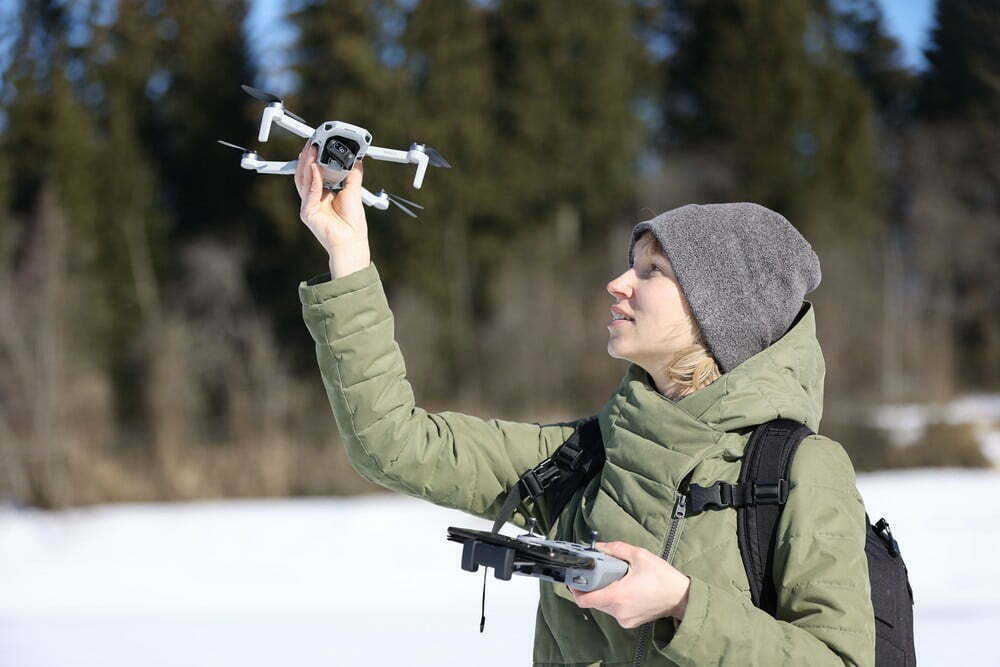
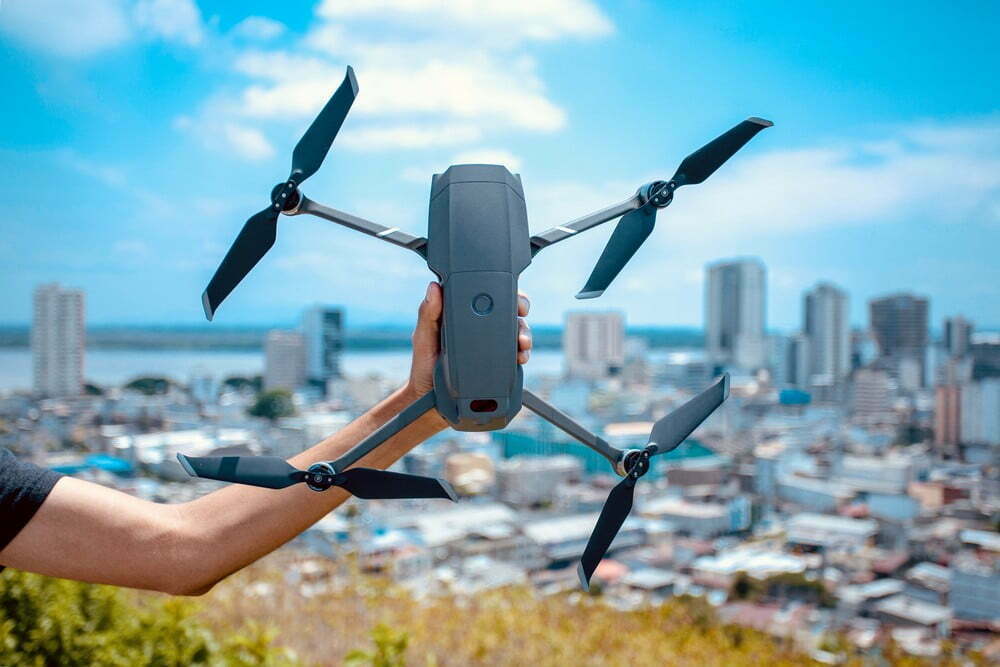
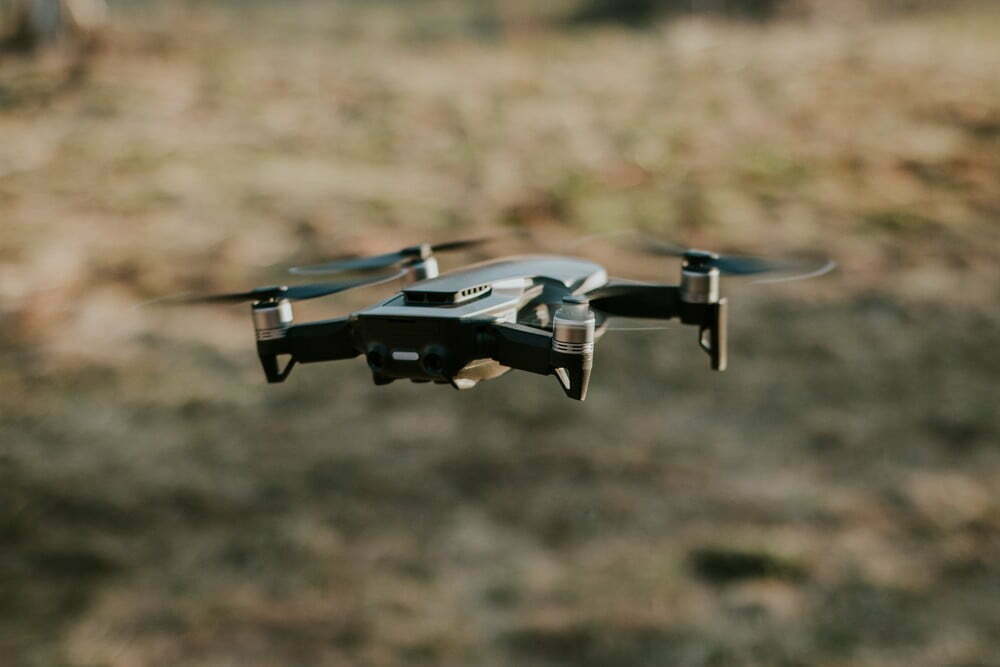
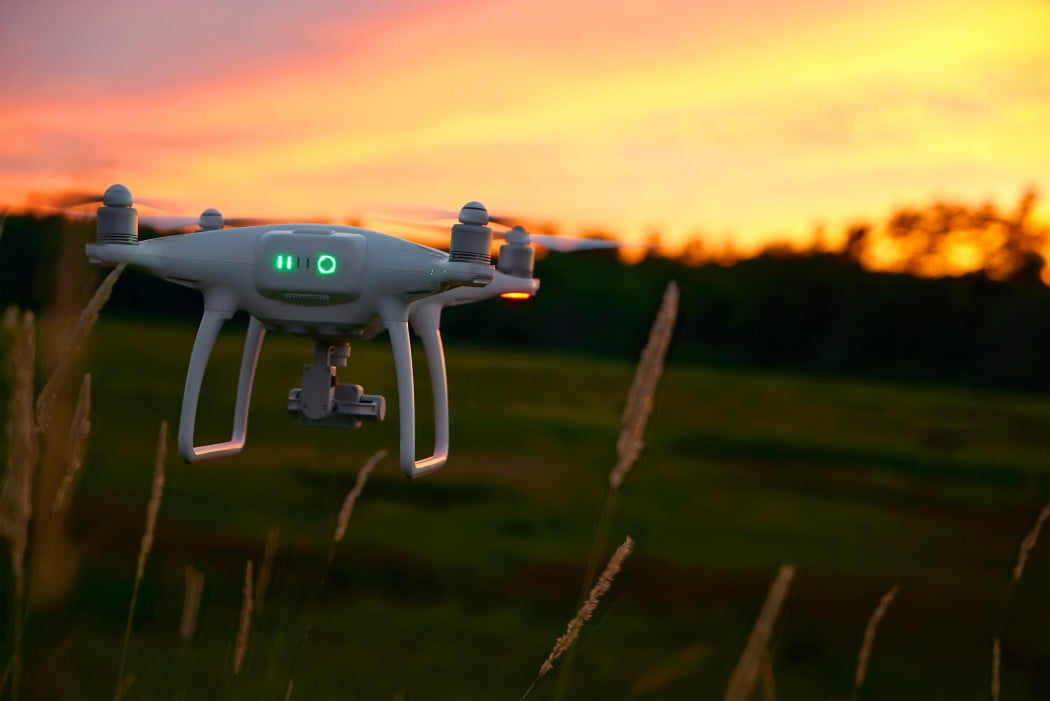
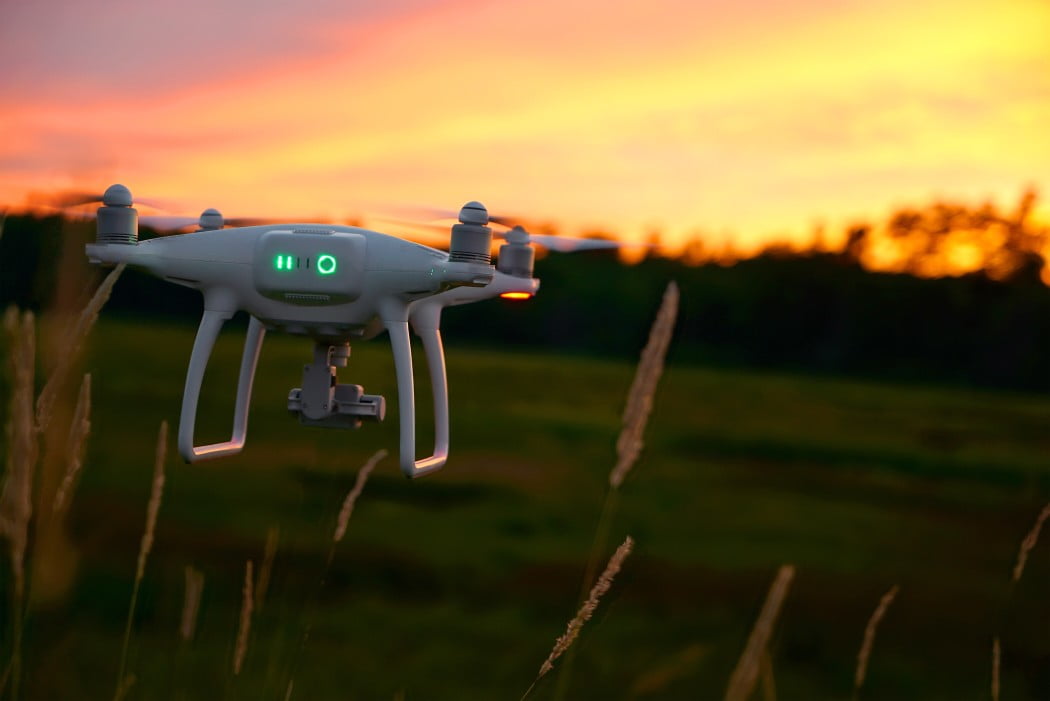
![Best Drones Under the Cost of Ferrari in [year] 26 Best Drones Under the Cost of Ferrari in 2025](https://www.gadgetreview.dev/wp-content/uploads/image-test-3.jpg)
![10 Best VR Drones in [year] 27 10 Best VR Drones in 2025](https://www.gadgetreview.dev/wp-content/uploads/Best-VR-Drone.jpg)
![10 Best Drones for Beginners in [year] 28 10 Best Drones for Beginners in 2025](https://www.gadgetreview.dev/wp-content/uploads/Best-Drones-for-Beginners.png)
![10 Best Indoor Drones in [year] 29 10 Best Indoor Drones in 2025](https://www.gadgetreview.dev/wp-content/uploads/Best-Indoor-Drone.jpeg)
![10 Best FPV Racing Drones in [year] 30 10 Best FPV Racing Drones in 2025](https://www.gadgetreview.dev/wp-content/uploads/Best-FPV-Racing-Drone-scaled-1.jpg)
![10 Best Selfie Drones in [year] 31 10 Best Selfie Drones in 2025](https://www.gadgetreview.dev/wp-content/uploads/Best-Selfie-Drones.jpg)
![10 Best Drones for GoPro in [year] 32 10 Best Drones for GoPro in 2025](https://www.gadgetreview.dev/wp-content/uploads/Best-Drone-for-GoPro-scaled-1.jpg)
![10 Best Drones for Kids in [year] 33 10 Best Drones for Kids in 2025](https://www.gadgetreview.dev/wp-content/uploads/Best-Drone-for-Kids-scaled-1.jpg)
![10 Best Professional Drones in [year] 34 10 Best Professional Drones in 2025](https://www.gadgetreview.dev/wp-content/uploads/Best-Professional-Drone.jpg)
![10 Best Fixed Wing Drones in [year] 35 10 Best Fixed Wing Drones in 2025](https://www.gadgetreview.dev/wp-content/uploads/Best-Fixed-Wing-Drone.jpg)
![10 Best Follow Me Drones in [year] 36 10 Best Follow Me Drones in 2025](https://www.gadgetreview.dev/wp-content/uploads/Best-Follow-Me-Drone.jpg)
![10 Best Foldable Drones in [year] 37 10 Best Foldable Drones in 2025](https://www.gadgetreview.dev/wp-content/uploads/best-foldable-drones.jpg)
![10 Best Drones for Travelling in [year] 38 10 Best Drones for Travelling in 2025](https://www.gadgetreview.dev/wp-content/uploads/best-drones-for-travelling.jpg)
